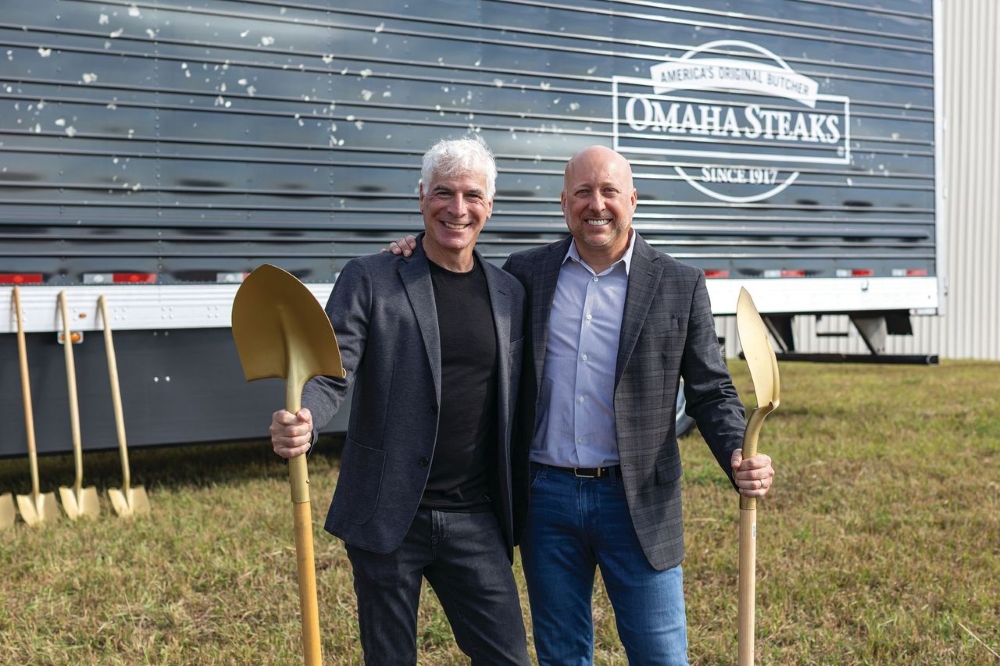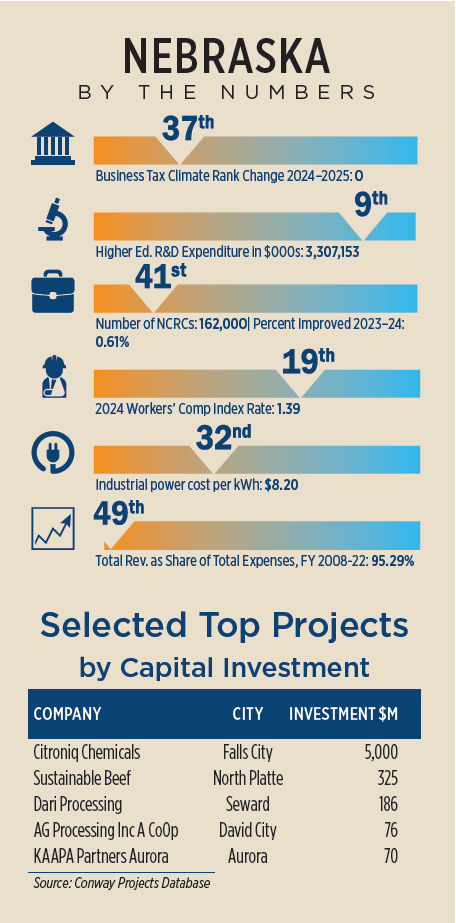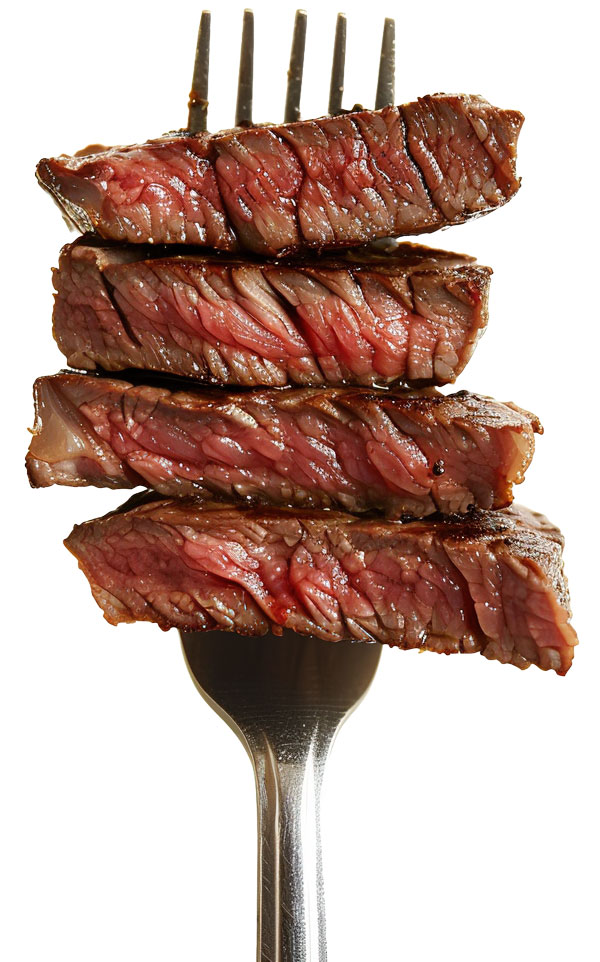Innovation in agribusiness and the food industry makes Nebraska a hearty state for investment.
Greater Omaha stands at the center of America’s agribusiness economy, says Heath Mello, president & CEO of the Greater Omaha Chamber, “and our strength lies in the way our entire region’s industries are interconnected.”
Equipped with a diverse agribusiness scene and food processing industries, Nebraska welcomes innovative trends in food product processing, including the application of robotics and AI.
Tech, Ag and Food
A report from the Nebraska Farm Bureau showed that the Cornhusker state’s agriculture exports in 2023 totaled $7.9 billion.
“From farm or ranch to market and everything in between, agriculture shapes the power of our economy,” says Mello. “There is incredible diversity in the ag industry here: ag equipment manufacturing companies like CLAAS and Valmont, commodity trading firms like Scoular, ag finance, insurance, biomanufacturing at Cargill and food production at Omaha Steaks — every piece of the ecosystem reinforces the other. Add in our transportation and logistics advantages, and it is easy to see why Greater Omaha continues to be a hub for agribusiness and food processing.”

Todd Simon (left), chairman and fifth-generation owner of Omaha Steaks, and Nate Rempe (right), president & CEO of Omaha Steaks, broke ground in September at a new site in Omaha.
Image courtesy of Omaha Steaks
The Combine, an agtech startup incubator in Lincoln that has helped 53 companies raise over $30 million in venture capital and has secured $15.7 million in grant funding, has seen several ag and food technologies emerge, including AI-enabled robotics for the beef processing industry developed by Lincoln-based automation company Marble Technologies, which installed robots in the Greater Omaha Packing Plant, alleviating labor issues in the beef value chain.
Brennan Costello, director at The Combine, provides several other examples of emerging tech applications in ag & food being used to optimize and grow these industries. There is Grain Weevil in Omaha, which builds grain bin safety and management robots and recently opened a new manufacturing HQ in La Vista. And Birds Eye Robotics in Waterloo and Omaha is automating poultry operations to reduce labor requirements and improve animal welfare.
Other Combine companies that highlight Nebraska’s agtech ecosystem include these in Lincoln:
- Cattle Kettle: Smart water tank management
- BovEye: Remote inspection with AI and satellite imagery
- Sentinel Fertigation: Precision nitrogen management via imagery and data

“Many of these technologies cross industries,” says Costello. “AI-enabled robotics for meatpacking can be applied to general manufacturing and logistics. Satellite-based inspection tools like BovEye’s have value in finance, insurance and infrastructure monitoring.”
Invest Nebraska is the state’s most active early-stage investor and the founding partner of The Combine. Omaha-based venture capital firm Grit Road Partners also focuses on providing agtech entrepreneurs, engineers and investors a platform for growing and innovating their businesses; Grit Road Partners recently launched their second fund, recommitting to developing ag innovation and scaling companies across the Midwest. The state is also helped by the agricultural school at University of Nebraska–Lincoln.
“The University of Nebraska–Lincoln’s College of Agriculture leads with cutting-edge research, while the Nebraska Innovation Campus is a launch pad for technology, startups and industry partnerships,” says Jason Ball, president and CEO, Lincoln Chamber of Commerce.
A Cut Above the Rest
Omaha Steaks recently broke ground on a $20 million cold pasteurization facility in the state that will leverage new technology to deliver high-quality food products to end consumers. In September, the company began construction on a 40,000-sq.-ft. product safety facility that will be built adjacent to an existing fulfillment center in Omaha. The new facility will use palletizing cold pasteurization technology, a non-thermal food processing technology that will enable the processing of entire pallets of product at once. This is one of the first times this process will be used in a commercial setting. The technology will ensure high food quality, increase productivity and extend the shelf life of the company’s food products.
“Omaha Steaks helped define food safety in America more than a century ago, and our new pallet-level, cold pasteurization facility is the next chapter in that legacy,” says Nate Rempe, Omaha Steaks president and CEO. “There’s no better place than Nebraska — the heart of beef country — to leverage technology that makes all proteins safer for people to enjoy. This investment represents Omaha Steaks’ long-standing belief that innovation and integrity belong side by side, right here at home.”

The facility is expected to be operational by June 2027 and is designed to not only serve Omaha Steaks’ business operations, but also future third-party needs across the region. The ground beef arm of Omaha Steaks has seen growth of 74% since 2021, and this expansion will support that growth and demand. Localizing the processing of Omaha Steaks’ food products will cut costs on out-of-state shipping, reduce emissions and improve efficiency.
The facility is sized well beyond the current needs of Omaha Steaks, says Rempe. Along with its operating partner Gateway America, the company will offer pallet-level cold pasteurization to many other companies in need of the technology across the country. This includes other protein processors, value-added product processors, pet food manufacturers, fruit and vegetable importers and many other relevant industries where increases in safety, quality and shelf life are desirable.
“The vision is 20 years in the making,” says Rempe. “But having the necessary talent and support to bring a vision like this to life has been just within the last couple of years. The actual project itself began in the back half of 2024 and accelerated quickly once we were successful in validating our hypotheses around the technology and methods that will be used in the state-of-the art facility.”

